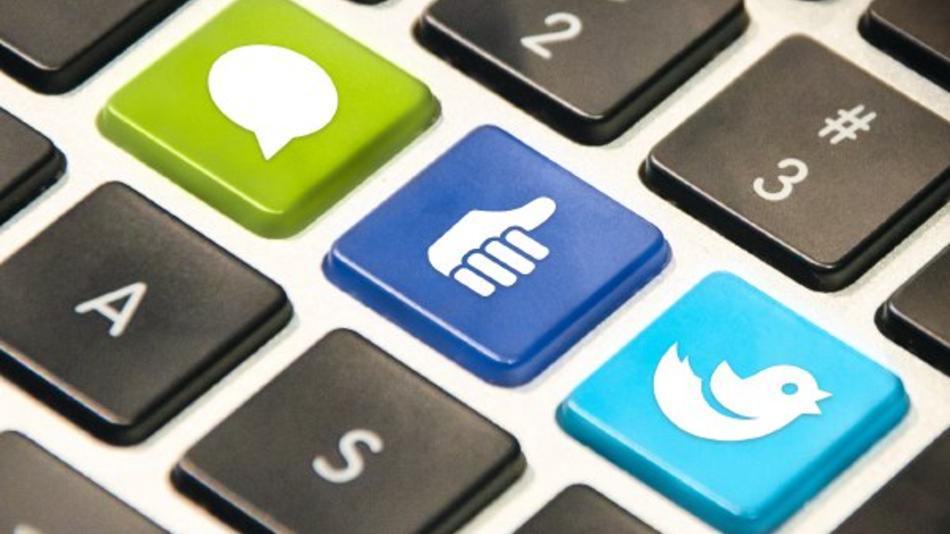I just finished reading an article in the San Jose Mercury News about a study done by cloud vendor LiveOps about social media support, claiming that 70% of customer complaints on Twitter and Facebook are ignored; the average response time for Facebook questions is 2 days (opposed to 2 hours, which is the customer expectation), and that more than a third of companies have deleted a customer question from their Facebook page they didn’t want to answer.
 Unlike phone calls and emails, social media support is very public. I always say that opening up a new customer interaction channel is like blowing a hole in the side of your corporate office — you now have a big gaping hole for customers and information to flow in and out, and if you don’t police that hole, including audit trails for traffic in and out, and service level agreements for who can use the hole and how quickly you must respond, you will get in big trouble.
Unlike phone calls and emails, social media support is very public. I always say that opening up a new customer interaction channel is like blowing a hole in the side of your corporate office — you now have a big gaping hole for customers and information to flow in and out, and if you don’t police that hole, including audit trails for traffic in and out, and service level agreements for who can use the hole and how quickly you must respond, you will get in big trouble.
Thousands of companies put very little thought into the decision to begin supporting customers via Twitter or Facebook, and I suspect many now regret it. Once that hole in the side of the company is open, it is all but impossible to close. And it is incredibly visible when you can’t keep up with the volume and begin ignoring–or deleting–customer questions.
New Rules of the Road
Based on lots of TSIA data, it is clear that online communities/discussion forums are hugely successful for technical support–or at least have the potential for being hugely successful. But on the B2B technical support side, I remain unconvinced about social media channels. The typical use case for Twitter support is, “I called Comcast and was told there was an hour wait for an agent, so I Tweeted instead.” I don’t think any TSIA members have an hour wait for a phone agent. Ever. In the B2B, i.e., enterprise support world, in which you pay a very large fee for access to technical support, you don’t have long wait times. In fact, dedicated account reps are common for premium support. And the bottom line is, if a system administrator Tweets or Facebooks that their corporate ERP or supply chain system is down, that is not reporting a tech support issue, that is airing your company’s dirty laundry and a fireable offense.
There is also something in the article I laughed at. According to the survey, “customers are likely to spend about 30 percent more money” if the company has a social media presence. Well, I review RFPs all the time, and I’ve never seen a B2B purchase decision based on which vendor has the most Twitter traffic. It galls me that news outlets refuse to differentiate between B2B and B2C when they write things like this, and some wrong-headed B2B manager is going to bring this article into his boss and say, “Let’s start social media support and we’ll raise sales 30%.”
So, before you decide to begin supporting customers with technical issues via Twitter or Facebook, please remember:
Only a very small slice of traffic will have anything to do with a technical support issue
Most traffic will be about your latest commercial, your stock price, your CEO’s private life, the color of your company logo, etc. Technical support engineers are not equipped to handle these questions, and it is a waste of their time. But, if you are going to support the general public via a social channel, you need a strategy for these non-technical issues. If you don’t have an outbound marketing or PR group staffed to handle these posts, which will probably be 90% of traffic, don’t open the channel to begin with
If you do insist on supporting customers via social channels, please leverage one of the many knowledge platforms now offering plugins to social media
For example, you can create a tab on your Facebook page that allows searching your self-service knowledgebase and shows lists of FAQs.
Record every interaction in CRM..or someplace
You need an accurate history of which customer asked which question, regardless of channel, and you need to understand which questions are asked and answered by all channels to make sure knowledgebases are current and accurate.
Establish SLAs
If you are going to support a new channel, whether it is social or not, you have to establish response times for the channel. And you must have staff dedicated to meet those SLAs. I’m not saying you necessarily publish the SLAs (“All Facebook posts will be answered within 2 hours”), but internally, you must have some SLA guidelines and the ability to measure how well you are doing in meeting those SLAs. Customers have expectations, and if you can’t meet them, you shouldn’t launch the channel.
Reposted from John Ragsdale’s Eye on Service.

I agree with the points you have mentioned in the article above. It is indeed important to use social media channels to address customer queries in a planned, strategic manner otherwise the effort will only backfire.